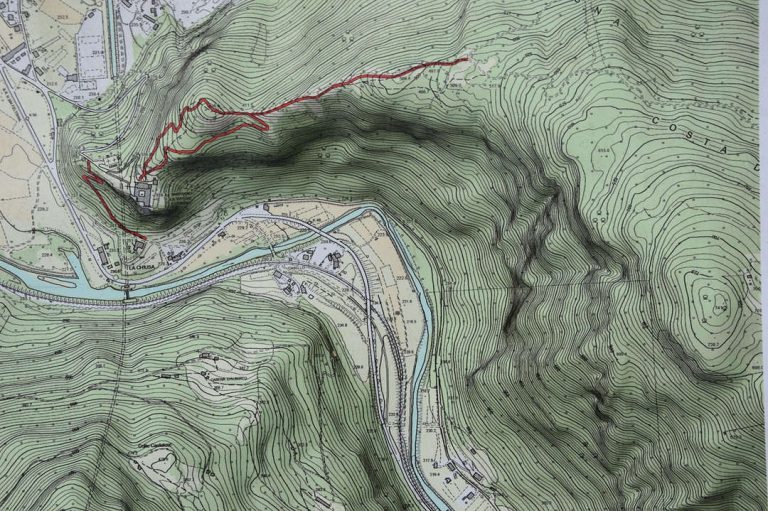Drug Trafficking: Definition, Types, and Causes
Drug trafficking, the illicit trade involving the cultivation, manufacture, distribution, and sale of substances that are subject to drug prohibition laws, is a global issue causing significant harm. This illegal activity involves the smuggling of vast quantities of drugs across borders, impacting millions of lives.
According to the United Nations Office on Drugs and Crime (UNODC), an estimated $32 billion worth of drugs are trafficked globally each year, underscoring the massive scale of the problem.
This article will define drug trafficking, examine its scope and impact, and outline the key aspects of the problem, including statistics, legal issues, and preventive measures.
What is Drug Trafficking?
Drug trafficking, also known as illegal drug trade or narcotrafficking, is the illegal production, distribution, and sale of controlled substances. It's a global criminal enterprise involving complex networks that profit from widespread drug abuse.
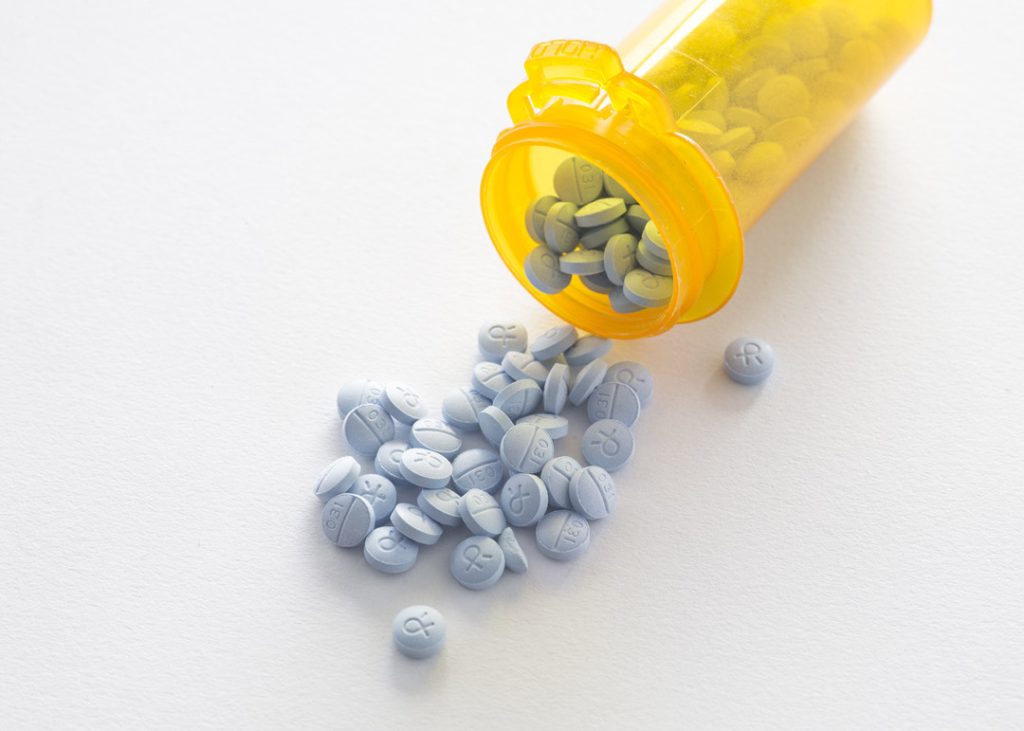
This illicit trade encompasses a variety of drugs, including:
- Cocaine: Derived from the coca plant, cocaine is a powerful stimulant. It is typically trafficked from South America (primarily Colombia, Peru, and Bolivia) to North America and Europe.
- Heroin: Derived from morphine, heroin is a highly addictive opioid. The primary source countries for heroin are Afghanistan and Myanmar.
- Methamphetamine: A synthetic stimulant, methamphetamine is produced in various regions, including Mexico, the United States, and Southeast Asia.
- Cannabis: While legal in some jurisdictions, cannabis remains illegal in many parts of the world. It is cultivated and trafficked globally.
- Synthetic Opioids: Fentanyl and its analogs are powerful synthetic opioids often mixed with other drugs, increasing the risk of overdose. They are primarily manufactured in clandestine laboratories in China and Mexico.
- Prescription Drugs: Legal pharmaceuticals can be diverted from legitimate channels and trafficked illegally. These include opioids, stimulants, and depressants.
Drug trafficking is interconnected with other criminal activities, such as money laundering and the trafficking of weapons and other contraband. The profits from this trade destabilize economies, corrupt governments, and devastate communities. Ultimately, drug addicts are the primary victims of this lucrative criminal industry.
Recent Statistics on Drug Trafficking in U.S.
Drug trafficking remains a significant challenge in the United States, with recent statistics from the United States Sentencing Commission highlighting the scale and impact of this illegal activity.
- In 2023, the vast majority of drug traffickers were male (83.6%) with an average age of 38 years.
- About 81.9% of these offenders were U.S. citizens, and nearly half (42.5%) had no prior criminal history.
- 43.5 were Hispanic, 27.6% were Black, 25.8% were White, and 3.0% were Other races.
- In 2023, 64,124 cases were reported in FY23, with 30% involving drug trafficking.
- The drug trafficking industry in the U.S. is estimated to be worth $64 billion annually.
- The U.S. government spends around $51 billion per year on the "War on Drugs."
- Mexican drug cartels are responsible for the majority of illegal drugs trafficked into the U.S. and control much of the drug distribution within the country.
- The DEA targets these cartels, including notable ones like Sinaloa, Jalisco New Generation, Juarez, Gulf, Los Zetas, and Beltran-Leyva Organization.
- In 2023, the most commonly trafficked drugs in the U.S. include:
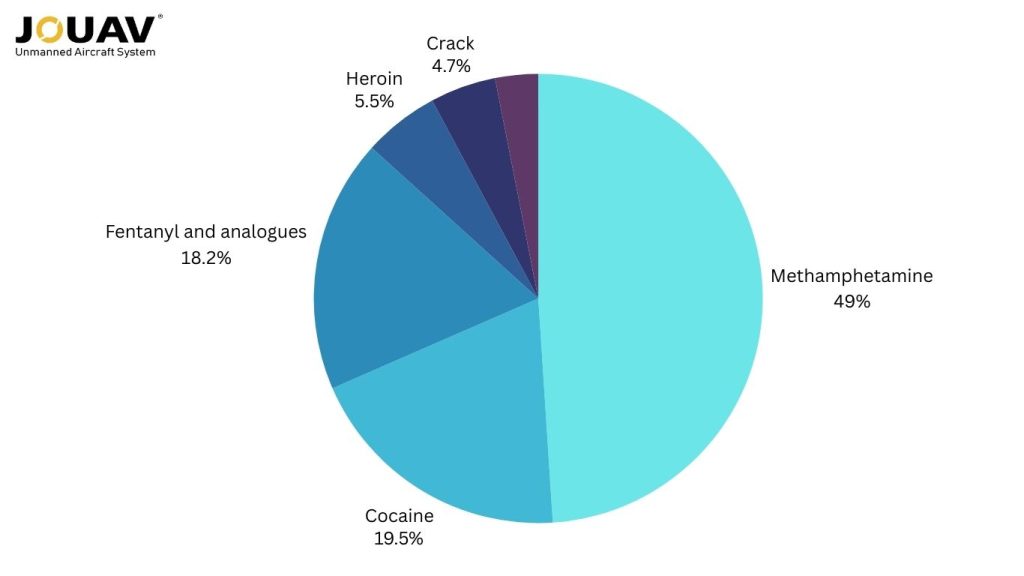
- The U.S. has the highest incarceration rate in the world, with drug offenses being a major contributor.
- Trafficked drugs are often adulterated with dangerous substances like fentanyl, leading to a rise in overdose deaths.
- In 2023, there were 107,543 reported drug overdose deaths in the U.S.
- The opioid epidemic has cost the U.S. an estimated $1.5 trillion since 2023.
Focus on Mexican Cartels
The DEA focuses heavily on trafficking from Mexican drug cartels, which control a large share of drug smuggling into the U.S. and are responsible for much of the drug distribution within the country.
These cartels, including the Sinaloa, Jalisco New Generation, Juarez, Gulf, Los Zetas, and Beltran-Leyva organizations, have extensive influence and sophisticated operations that complicate law enforcement efforts.
Adulterated Drugs
A growing concern is the adulteration of drugs with dangerous substances like fentanyl and acetyl fentanyl.
Traffickers often mix these potent chemicals with heroin or press them into counterfeit prescription pills, leading to a significant increase in overdose deaths.
Synthetic opioids like carfentanil, which is 10,000 times more potent than morphine, pose an enormous threat to public health.
Rising Overdose Deaths
Drug overdose deaths have risen dramatically in the past decade. From 2000 to 2015, the rate of drug poisoning deaths more than doubled, with opioid-related deaths more than tripling.
By 2015, the drug poisoning death rate had surged to 16.3 per 100,000 people, up from 6.2 per 100,000 in 2000. In 2014, 129 people died daily from drug overdoses, and in 2017, most overdose deaths involved synthetic opioids.
Evolving Smuggling Techniques
Drug trafficking organizations are increasingly using encrypted technology and social media platforms to communicate and recruit, complicating law enforcement efforts to monitor and intercept drug shipments. This evolution in smuggling tactics poses significant challenges to effectively combating drug trafficking.
Cause and Reasons for Drug Trafficking
Drug trafficking is driven by a mix of factors that all play a part in keeping this illegal trade alive and thriving.
Economic Gain
In many parts of the world, poverty and lack of job opportunities make drug trafficking an attractive option for financial survival. For example, in Colombia, high poverty levels push many individuals into the drug trade as a way to escape economic hardship.
The significant profits from drugs, such as cocaine, where wholesale prices can reach up to $25,000 per kilogram in the U.S., contrast sharply with their much lower production costs in source countries.

High Demand
High demand for illicit drugs drives trafficking networks. In the U.S., for example, around 16 million people have used cocaine in their lifetime, creating a strong market for traffickers.
Additionally, in regions where drug use is culturally ingrained, such as parts of Southeast Asia, the normalization of drug consumption can sustain and expand trafficking operations.
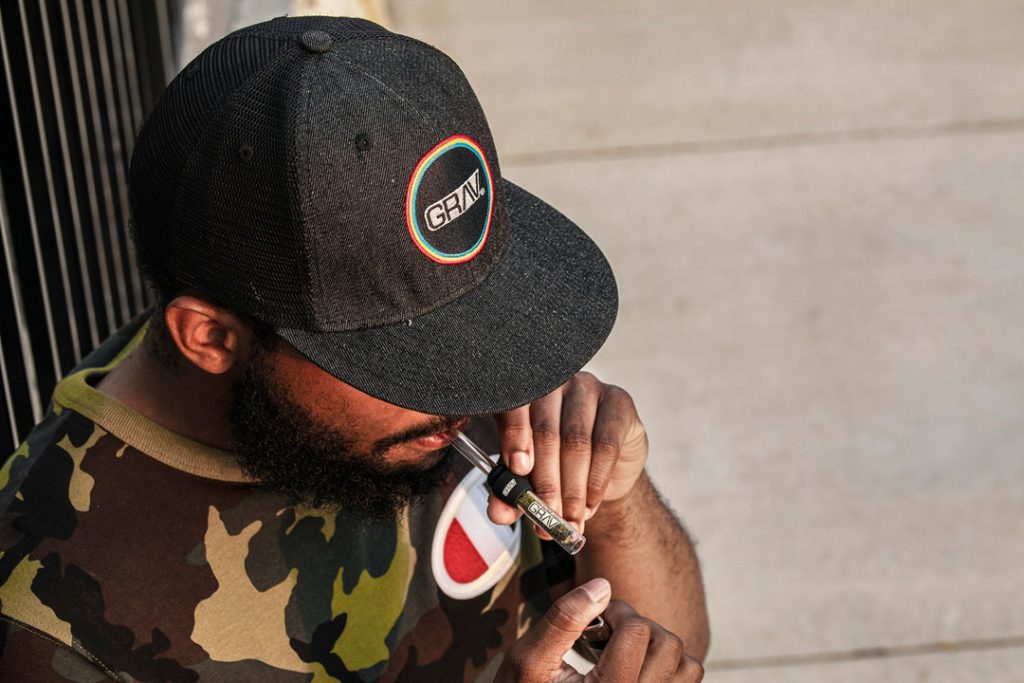
Political Instability
Political corruption and instability further fuel drug trafficking. In Mexico, for instance, high levels of corruption enable drug cartels to operate with relative freedom.
The influence of corrupt officials can allow traffickers to bypass legal constraints and evade law enforcement, exacerbating the issue.
Poverty and Unemployment
Studies have shown that poverty and unemployment are major contributing factors to drug trafficking. In some cases, individuals turn to drug trafficking as a means of survival when they are unable to find legitimate employment.
It is estimated that around 10-15% of all drug trafficking is motivated by poverty and unemployment.
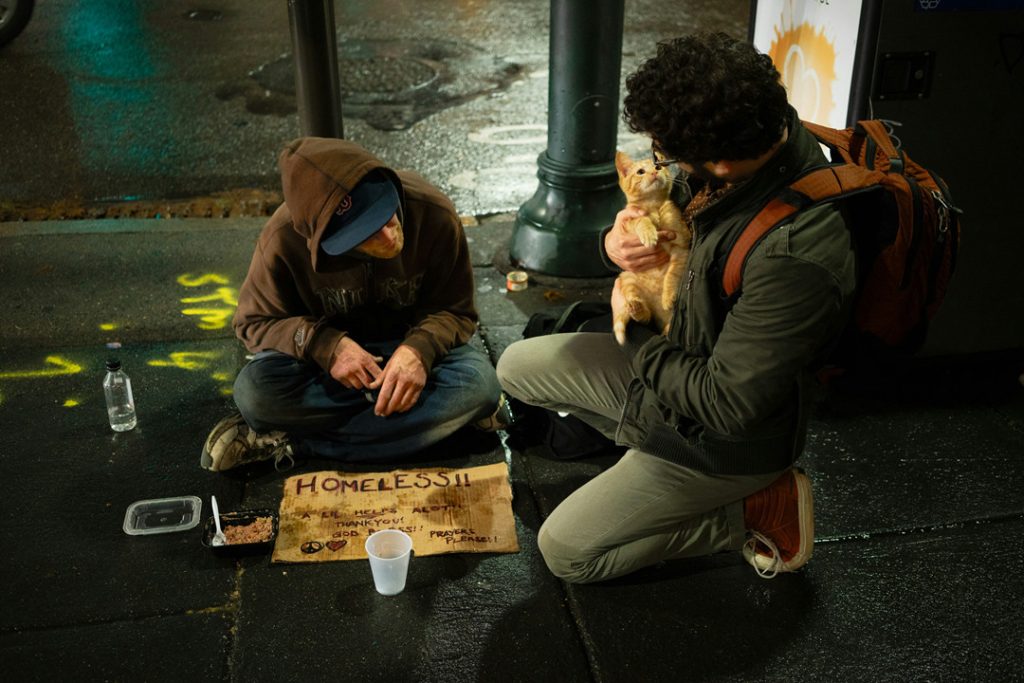
Gang Activity
Gangs frequently use drug trafficking as a primary income source, employing violence and intimidation to control their territories and safeguard their profits. This gang-related activity accounts for about 5-10% of drug trafficking.
Addiction
Addiction to drugs can also lead individuals to traffic drugs to support their habits. With around 23% of heroin users developing an addiction, the cycle of addiction and trafficking is a significant issue.
Impact of Drug Trafficking on Society
Drug trafficking casts a wide net of negative consequences across both producing and consuming nations. The impacts are multifaceted, affecting economies, public safety, and social structures.
Economic Strain
The drug trade places a substantial economic burden on societies. In countries like Ecuador, the influx of refugees fleeing drug-related violence from neighboring Colombia exacerbates social and economic issues. The costs associated with providing support to these refugees—ranging from healthcare to housing—strain national resources and disrupt local economies.
Similarly, Honduras, a major transit point for cocaine, has experienced severe economic fallout due to the trade, with high levels of violence and instability deterring investment and development.
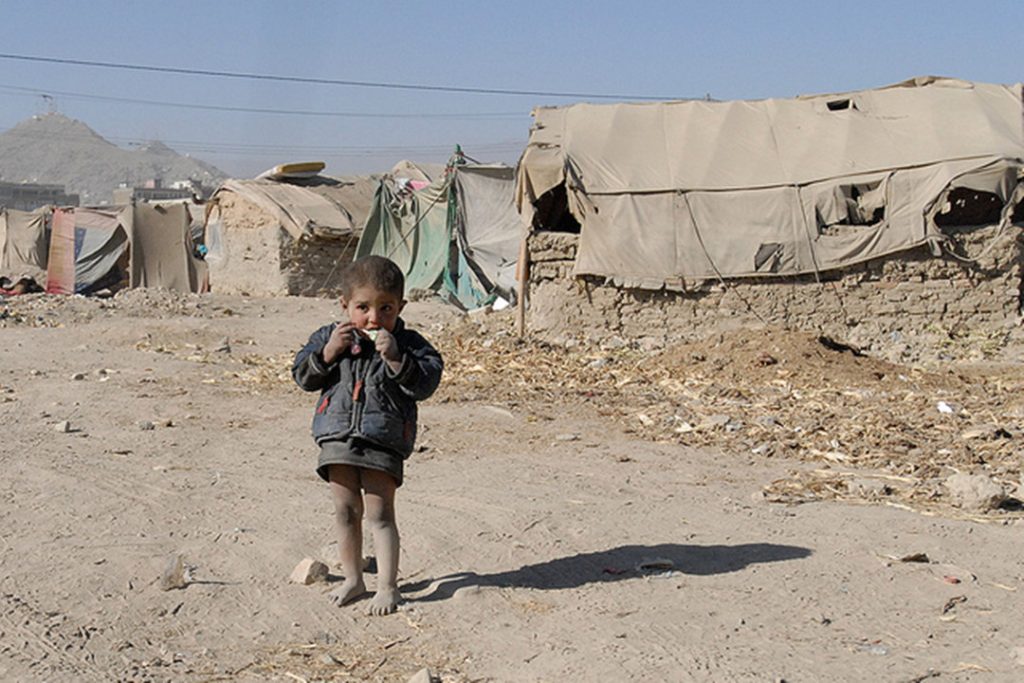
Public Safety and Violence
Drug trafficking is closely linked to violent crime. In Central America, particularly in areas like the Guatemala-Honduras border, regions with high drug trafficking activity also suffer from elevated violence rates. The pervasive presence of drug cartels fuels not only drug-related violence but also broader criminal activities.
For instance, Mexico saw a dramatic increase in border violence following a crackdown on drug trafficking, with estimates suggesting that up to 90% of killings are drug-related.
In the U.S., the impact is also significant. Drug trafficking contributes to violent crimes such as murder and gun violence. Historical data from the late 1990s showed that drug-related incidents accounted for about 5% of murders in the U.S.
The drug trade's impact on crime extends to property offenses as well; in the UK, it has been linked to a high proportion of shoplifting, burglaries, and robberies. The economic costs associated with these crimes are immense, with estimates suggesting that drug-related crime costs the UK about £16 billion annually.
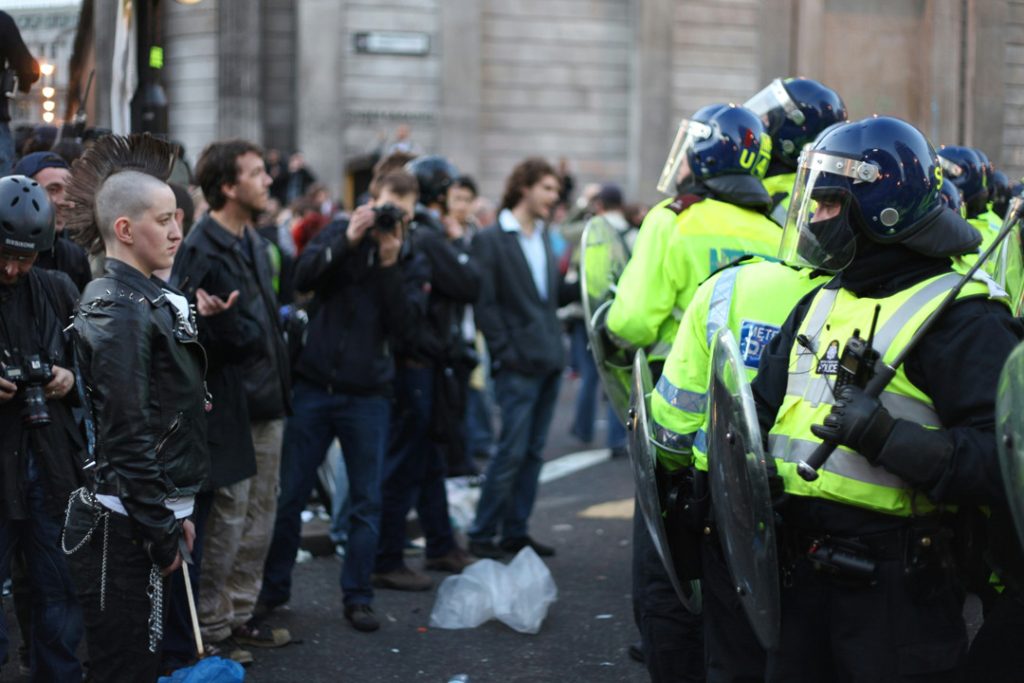
Social Disruption
Communities affected by drug trafficking face severe social consequences. The drug trade undermines law enforcement and government authority, contributing to corruption and instability. In Colombia, ongoing drug violence and weak governance have created an environment where traffickers operate with relative impunity.
The societal impact is profound, with drug trafficking contributing to a cycle of violence and instability that undermines social cohesion and public trust.
How to Combat Drug Trafficking?
Combating drug trafficking involves a combination of law enforcement strategies, legislative measures, international cooperation, and community efforts.
Border Security
Effective border security is a cornerstone in the fight against drug trafficking. Beyond physical barriers, advanced technologies such as drone surveillance, thermal imaging, and artificial intelligence can significantly enhance detection capabilities.
However, technology alone is insufficient. Intelligence-driven operations are crucial. This involves cultivating reliable informants, analyzing financial data to trace drug proceeds, and utilizing sophisticated data analytics to predict smuggling routes and identify key players.
For instance, by analyzing patterns in seizure data, law enforcement can identify emerging trafficking corridors and allocate resources accordingly.
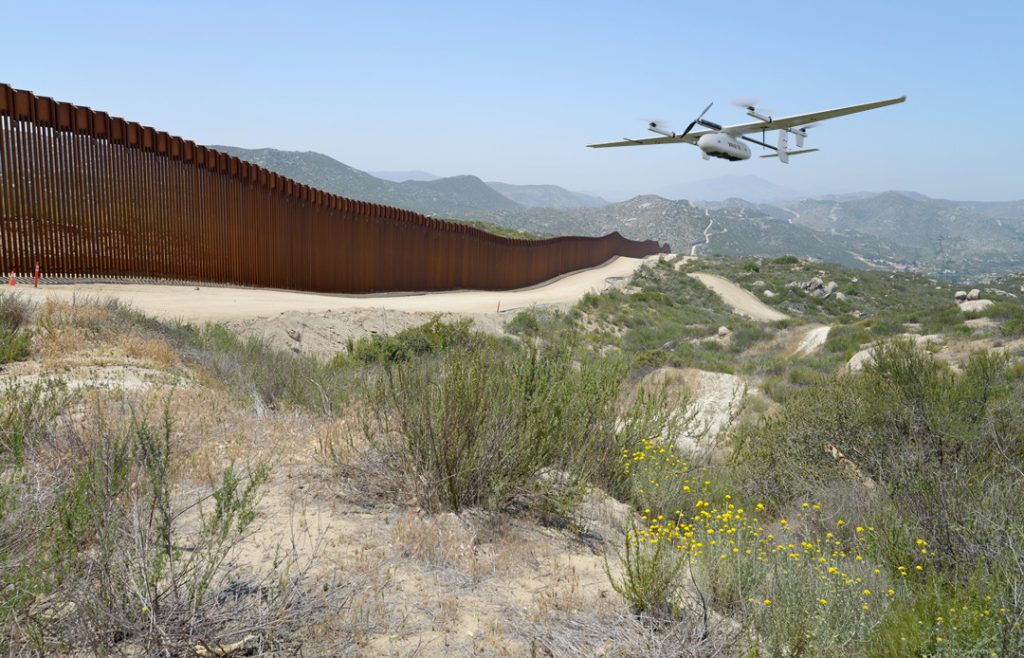
The JOUAV CW-15 drone was carrying out a border patrol mission.
Disrupting Drug Trafficking Organizations
While arresting high-profile drug lords is essential, it’s equally important to dismantle the entire criminal network. This requires a focus on financial investigations to seize assets, disrupt money laundering schemes, and identify corrupt officials.
Additionally, targeting lower-level operatives can provide valuable intelligence and weaken the organization's structure.
For example, by infiltrating drug trafficking cells, law enforcement can gather evidence to prosecute kingpins and dismantle their supply chains.
Demand Reduction
Reducing demand for drugs is a complex issue with no easy solutions. While education and prevention programs are crucial, addressing the root causes of drug abuse, such as poverty, inequality, and mental health issues, is equally important.
For instance, investing in community-based programs that provide job training, mental health services, and substance abuse treatment can help break the cycle of addiction and crime.
Furthermore, reducing the stigma associated with drug addiction is essential for encouraging individuals to seek help.
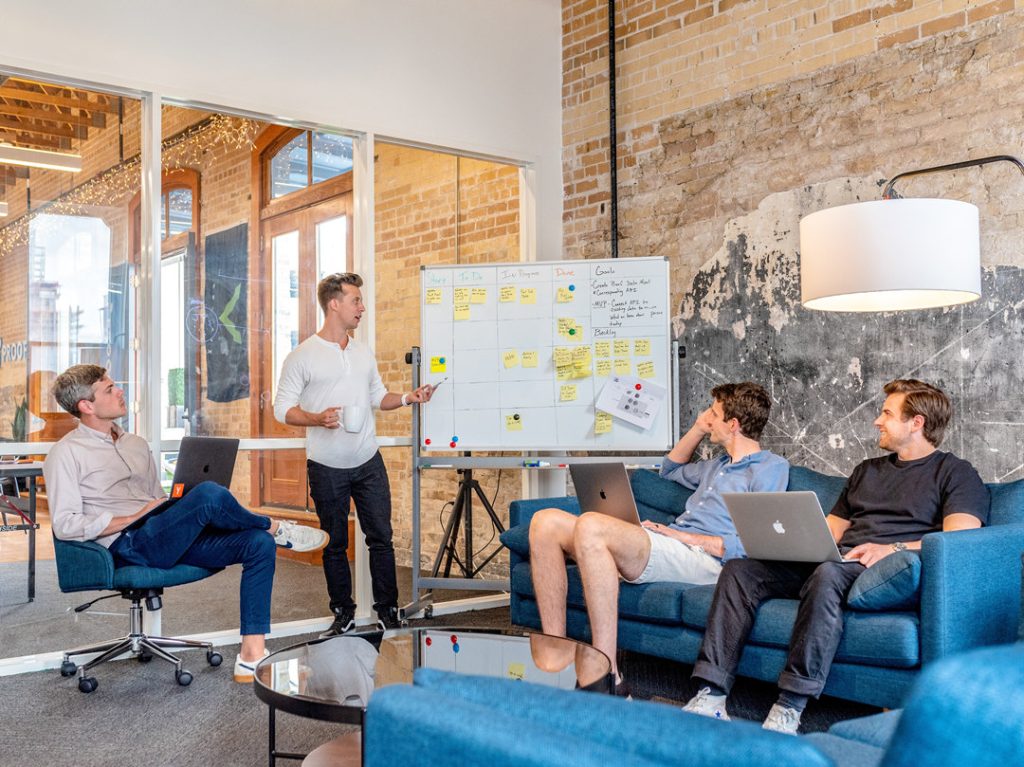
Supply Reduction
While crop substitution programs have shown some success, they are not a panacea. Many factors, including economic conditions, market demand, and government policies, influence the effectiveness of these programs.
For instance, in regions heavily reliant on coca cultivation, providing farmers with alternative livelihoods requires long-term investments in infrastructure, agricultural training, and market development.
Additionally, addressing the environmental impact of drug cultivation, such as deforestation and soil erosion, is crucial for sustainable development.
International Cooperation
Drug trafficking is a transnational crime that requires a coordinated global response. Sharing intelligence, extraditing suspects, and jointly investigating criminal organizations are essential components of successful cooperation.
For instance, joint task forces comprised of law enforcement agencies from different countries can effectively target transnational drug trafficking networks.
However, building trust and cooperation between countries with different legal systems and priorities can be challenging. Diplomacy and political will are crucial for overcoming these obstacles.
How Do Drones Help Fight Drug Smuggling?
Drones have transformed surveillance and monitoring in the fight against drug smuggling. Equipped with advanced features, such as high-resolution and night-vision cameras, drones provide continuous, real-time monitoring of vast and remote areas.
For instance, the CW-25E VTOL drone offers impressive capabilities with a flight time of up to 210 min and a range of 100 km. Its EO/IR gimbal camera combines a 30x optical zoom with a 640x512 thermal camera, allowing for detailed and precise surveillance in various conditions.
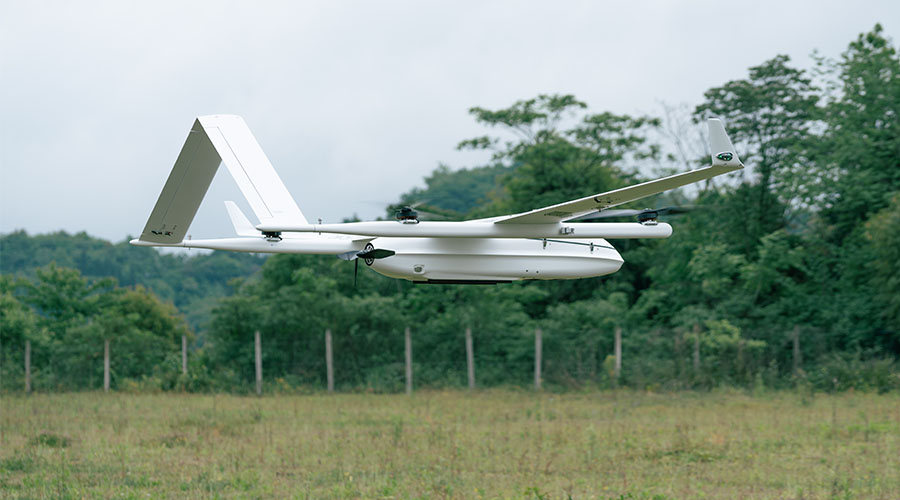
Enhanced Surveillance and Monitoring
Drones have revolutionized surveillance and monitoring with their high-resolution cameras and night-vision capabilities. This allows for continuous and real-time monitoring of vast and remote areas.
For example, drones can patrol borders and coastlines, detecting and tracking illegal crossings and suspicious activities, which is crucial in identifying and disrupting smuggling routes.
Guangdong Police equipped the JOUAV's CW-25DE drones with high-tech MG-150E gimbal cameras to scan coastal waters. These aerial eyes helped them spot suspicious activity, like cargo transfers between ships, a common tactic used by smugglers. Read the full case here.
Rapid Response and Deployment
Drones can be launched quickly in response to suspicious activity, providing immediate aerial surveillance.
For example, if a sensor detects movement in a remote area, a drone can be dispatched within minutes, transmitting real-time video feeds to law enforcement.
This rapid deployment allows authorities to track smugglers and coordinate ground units effectively, minimizing the time and resources needed for interception.
Cost-Effectiveness
Compared to traditional manned aircraft and surveillance methods, drones offer a more affordable solution for continuous monitoring and intelligence gathering.
This cost-effectiveness allows for routine patrols and long-term operations in high-risk areas without significantly impacting budgets.
Drones enable frequent and widespread monitoring, enhancing overall security while reducing economic burdens on law enforcement.
Advanced Detection Technologies
Drones equipped with advanced sensors like thermal imaging and LiDAR significantly enhance the detection of hidden drugs and smuggling activities.
These technologies can detect heat signatures, map terrain, and identify chemical traces, enabling drones to pinpoint smuggling operations with greater accuracy and efficiency.
AI-powered drones excel at recognizing complex patterns and correlations that human operators might miss.
They can identify suspicious behavior by tracking vehicles or individual movements and comparing them to known smuggling tactics. This capability allows for more precise targeting of surveillance and interdiction efforts.
The CW-25E, equipped with the high-powered MG-150E gimbal camera, offers exceptional zoom capabilities and precise vessel tracking.
Access to Difficult Terrain
Drones excel in navigating and monitoring difficult and inaccessible terrains, such as dense forests, mountainous regions, and urban environments.
Drones can fly over dense jungle canopies, capturing images and thermal data to detect hidden drug processing labs or smuggling routes.
This capability expands the operational reach of law enforcement, allowing them to combat smuggling activities in regions previously difficult to monitor.
Bonus Tip: Drug Trafficking Laws and Penalties
Drug trafficking laws and penalties vary widely across different jurisdictions, but they generally share common principles aimed at deterring and punishing the illegal drug trade.
Key Elements of Drug Trafficking Cases
Possession
To secure a conviction for drug trafficking, prosecutors must prove that the defendant possessed the drugs in question. This can be straightforward if the drugs are found directly on the person.
However, in cases where drugs are not in physical possession but are found in a location controlled by the defendant, the prosecutor must establish "constructive possession."
For instance, if drugs are found in a personal drawer, it is typically assumed that the drawer’s owner has control over its contents. In shared spaces, proving possession may be more challenging due to the multiple individuals with access.
Sale, Manufacture, or Movement
Drug trafficking charges can also be based on the defendant's involvement in the sale, manufacture, or transportation of illegal drugs.
Unlike simple possession, these charges focus on the activities related to drug distribution.
A defendant does not need to physically handle the drugs to be convicted; participation in the trafficking network, such as organizing sales or shipments, can be sufficient for a conviction.

Intent
Criminal activity generally requires intent. In drug trafficking cases, prosecutors must demonstrate that the defendant intended to possess, manufacture, sell, or transport drugs.
For example, if drugs are discovered in someone’s backpack, it suggests an intent to possess them.
However, if someone unknowingly rents a vehicle containing drugs, proving intent becomes more complicated.
Amount
Drug trafficking laws often stipulate specific quantities of drugs that define trafficking. These amounts vary by drug type and jurisdiction.
For instance, some states may classify trafficking based on possession of 25 pounds of marijuana or 28 grams of cocaine.
Prosecutors must establish that the amount of drugs involved meets the legal thresholds defined by state or federal laws.
Federal vs. State Drug Trafficking Charges
Drug trafficking cases can be prosecuted under state or federal law. Federal charges arise when trafficking involves crossing state lines or multiple states.
The federal system often imposes stricter penalties and has its own set of legal standards, such as those outlined in 21 U.S.C. § 841 (2022).
Penalties for Drug Trafficking
- Prison Sentences: Convictions for drug trafficking typically result in significant prison time. Sentences can range from over a year to life imprisonment, depending on the severity of the offense and the jurisdiction. Some states impose sentences exceeding ten years, and federal convictions for large-scale trafficking can lead to life sentences.
- Fines: Alongside prison sentences, drug trafficking convictions often come with hefty fines. State-level fines can range from $25,000 to $100,000, while federal cases can result in fines that exceed $10 million in severe instances.
- Probation: Probation is less common in drug trafficking cases but may be available as part of a plea bargain. This usually involves pleading guilty to a lesser charge in exchange for probation instead of jail time.
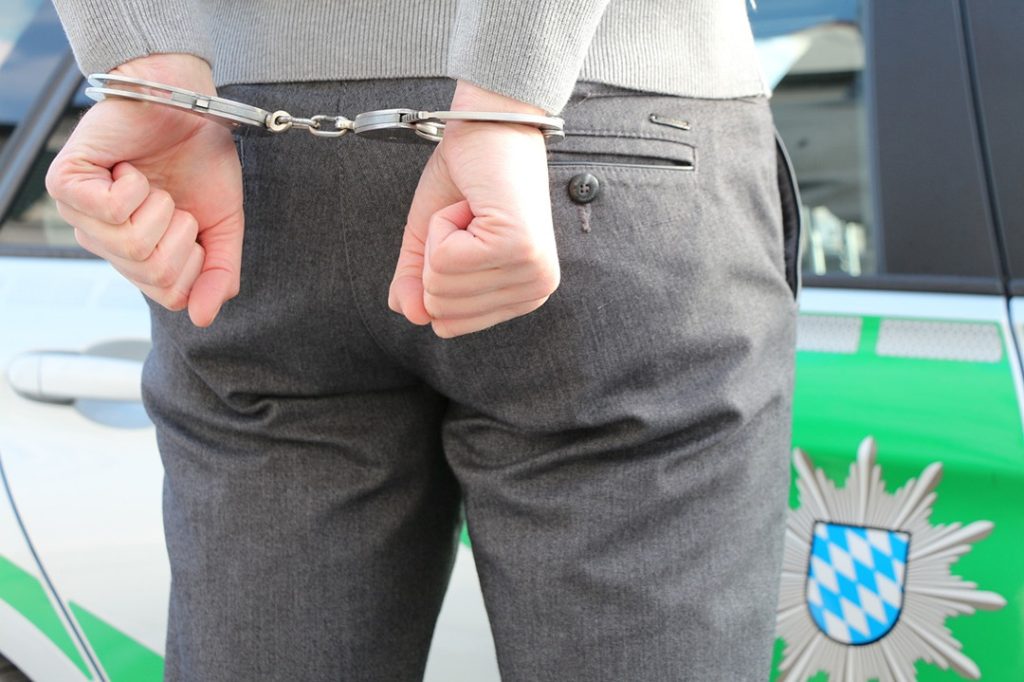
First-Time Offenders and Diversion Programs
Many jurisdictions offer diversion programs for first-time offenders, which may allow for avoiding jail time or even dismissal of charges.
However, these programs typically apply to cases involving small quantities of drugs and might not be available for trafficking offenses.
Defendants might still benefit from plea bargains for lesser charges or see their lack of prior criminal history considered during sentencing.





